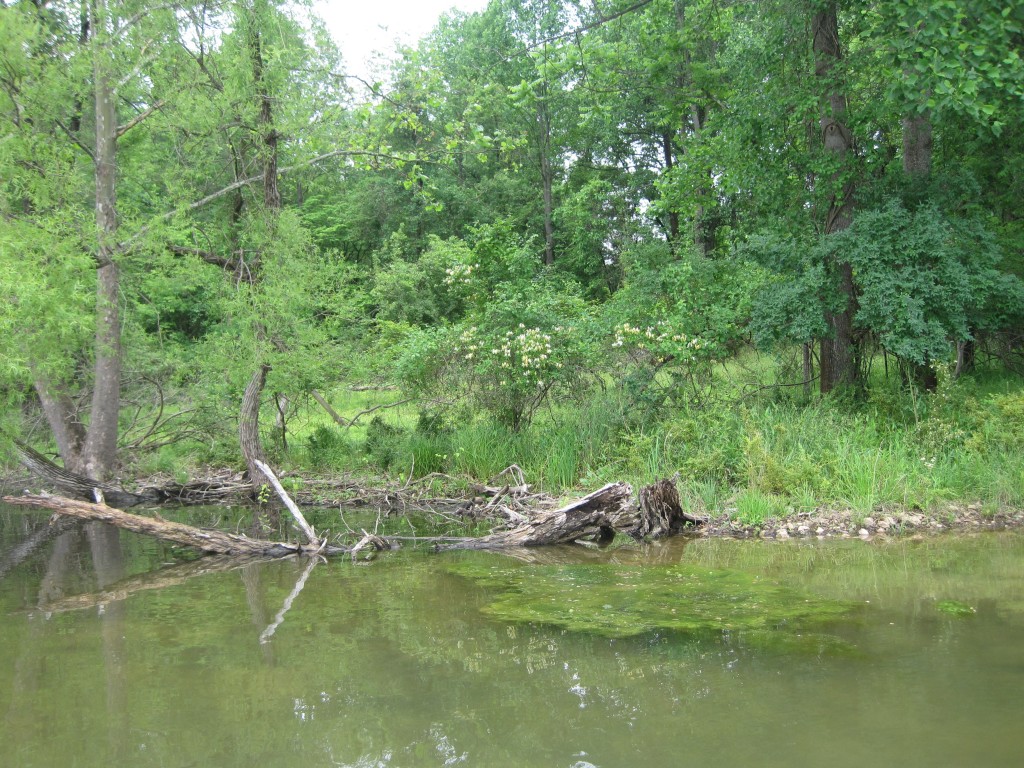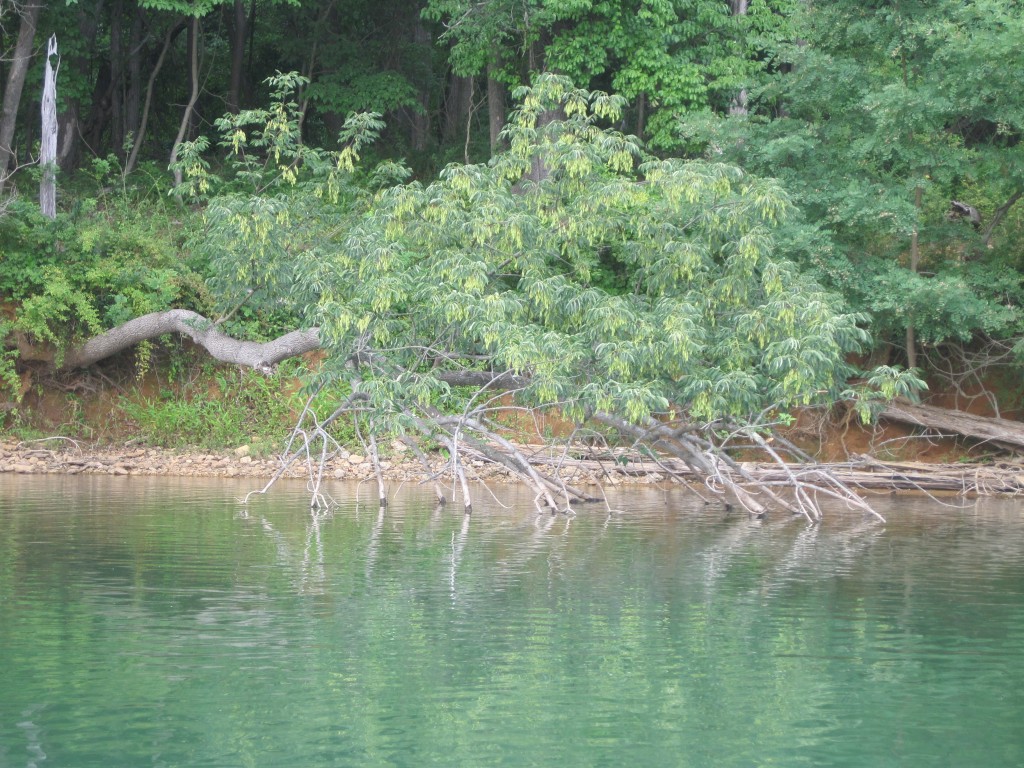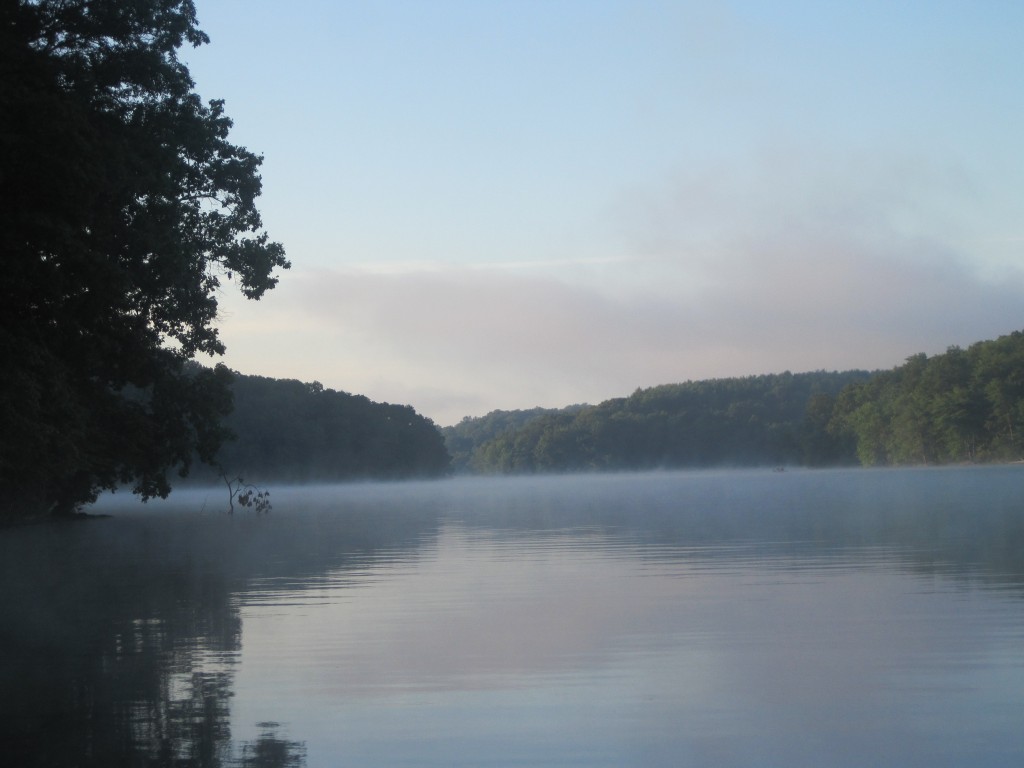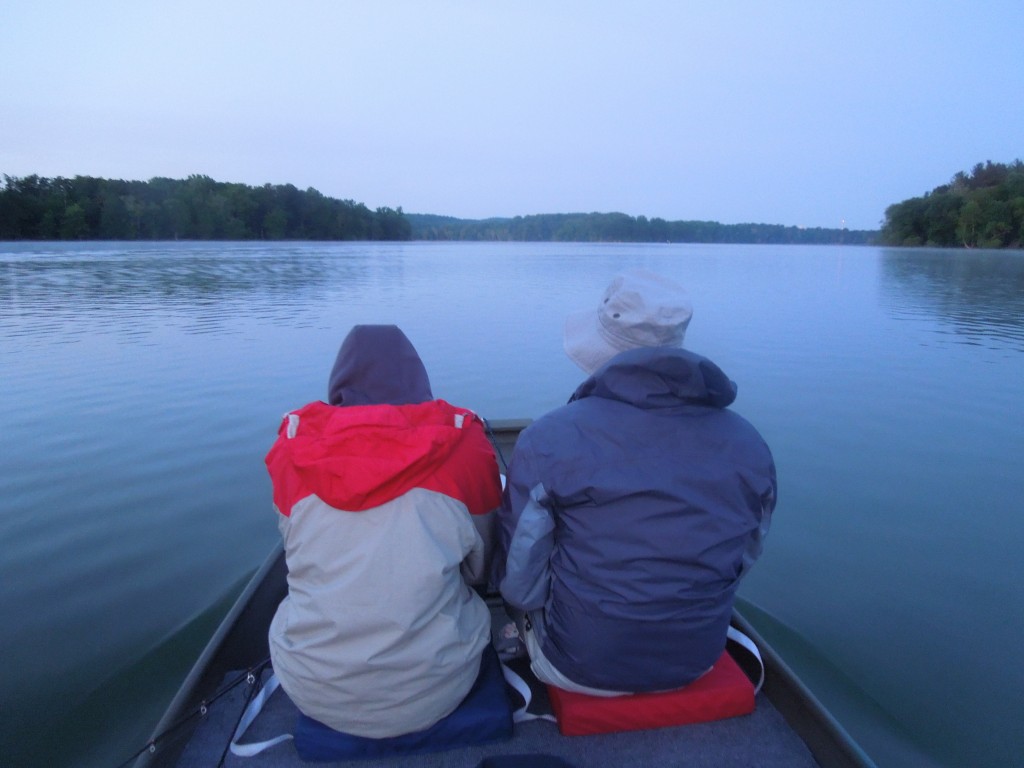Whether spring, summer, or fall, anglers need to understand how the time of year affects all things fishing.
As expected, each season carries with it its own rewards and challenges. For example, do you know where fish go when they spawn? Do you know what time of year they spawn? Are they feeding during this time? Learning how the fish interact with the nature around them during the different seasons can quickly make you look like a pro angler, whether battling the cold/snow or fighting the heat and sun.
1. Fall

Overall the best, yet most challenging time of year for fishing. The fish enjoy the cooler temperatures creeping in and become much more active. Additionally, they are acutely aware of the upcoming winter hibernation and need to stock up accordingly. Fall represents the most traditional fishing, where anglers can look for big-game fish lurking in shallow waters in coves; especially ones with nice shelves and deeper centers that link to the main channel of the lake
2. Spring

In short, the spring fishing season starts out incredibly slow, followed by a rush of action, finally finishing with a plateau. As the water heats up, the fish (cold-blooded animals, mind you) become more mobile in their environment. Energy and food has been conserved to survive the winter season, so as they continue to move about more and more, looking for food to replace all of the energy burned during hibernation, you will benefit from the results. Look for flat coves in the shallower, northern parts of the lake where fish migrate and begin their seasonal spawn.
3. Summer

What would do you do out in the middle of a large lake in the heat of summer? That’s right, hide from the sun. And fish are no different. As the temperature heats up, so does the water; especially the surface. In the midst of summer, surface temperatures of water on reservoirs can easily reach over 90 degrees F. Fish find these temperatures as uncomfortable as we do, and they seek shade the only way they know how: dive deeper. Water at greater depths can be nearly 40% cooler than surface temperatures. Look for grass and structure at the edge of shelves leading to steep drop-offs into deeper water. These are perfect areas for fish to ambush prey.
4. Winter

Fear not, winter is not a total loss. Sure, the fish are far from active like in spring and fall, but fishing can still be rewarding. Big and slow is the name of the game, here. The fish will feed, but it has to be worth the effort and energy expelled in the chase. Don’t be afraid to retrieve your deep-sinking lures and baits over a 3-5 minute period, leaving plenty of time for those large cows to strike. Fish suspend in deeper waters, so look for channels at the edge of coves.
Leave a Reply